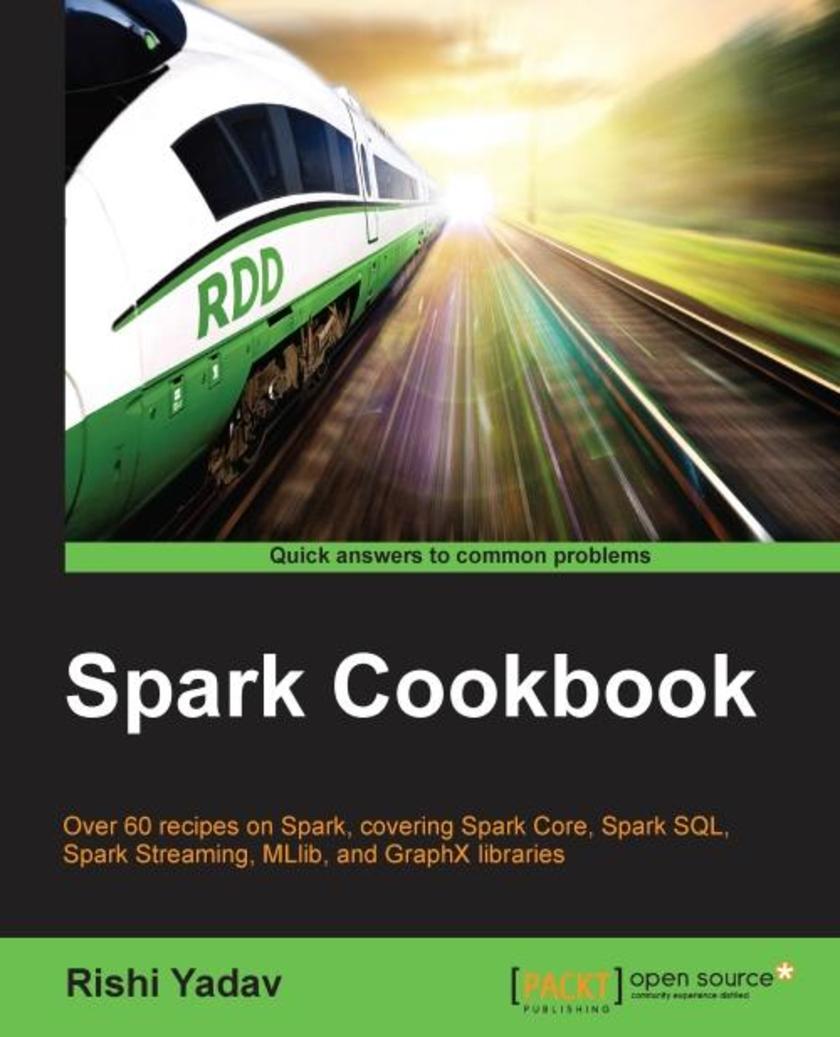
Spark Cookbook
¥80.65
If you are a data engineer, an application developer, or a data scientist who would like to leverage the power of Apache Spark to get better insights from big data, then this is the book for you.
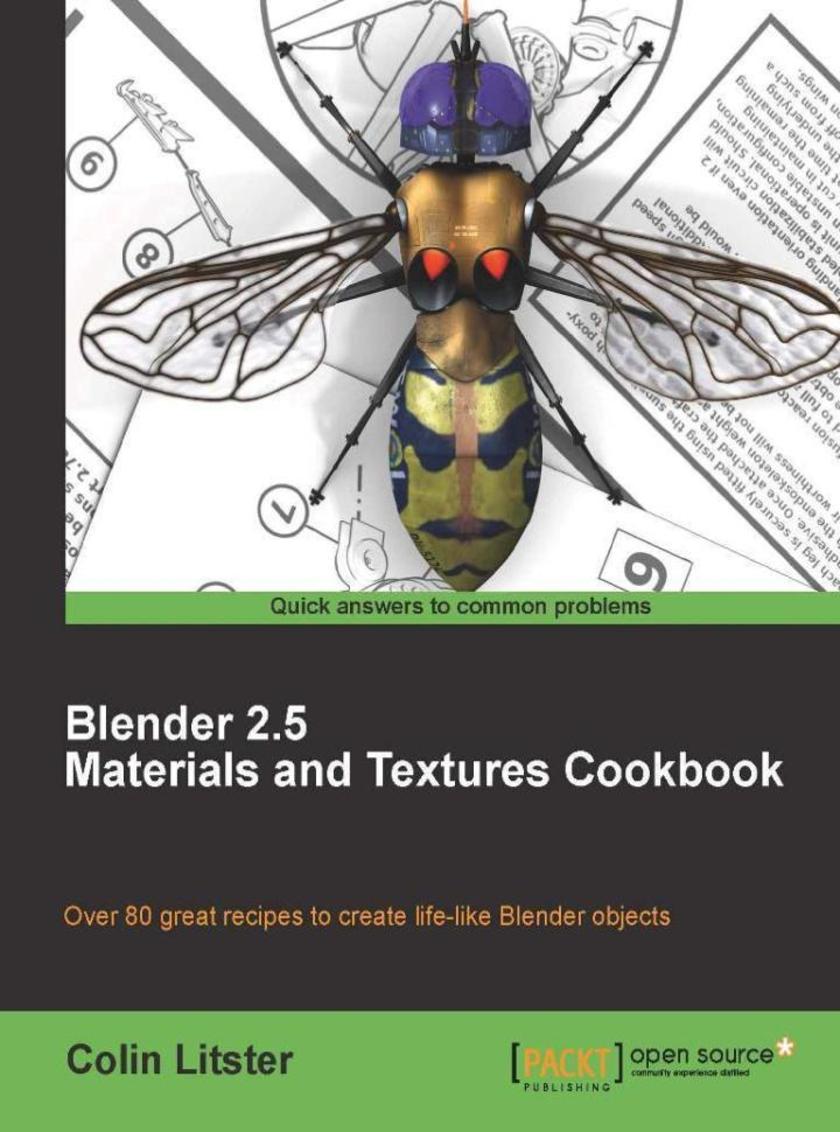
Blender 2.5 Materials and Textures Cookbook
¥80.65
Each chapter in the book follows a themed approach to creating materials using the new Blender 2.5 features. As you read through each chapter you will learn approaches to create materials and textures. These materials and textures will help you to create a flawless simulation of real-world objects. You need not read the chapters in any particular order to learn to use the Blender 3D suite for materials simulation appropriately. Every recipe in this book will enable you to create a usable material or texture effect as well as teaching you techniques that save your time. If you are a Graphics Designer looking to master the features for materials and textures to create realistic looking models in Blender, then this book is for you. It can be read by both beginners and experienced Blender users; however, prior understanding of object creation and manipulation in Blender would be an advantage. This is a must-read for Blender users who want to learn the concepts and at the same time experiment with the different Blender Material and texture functions.
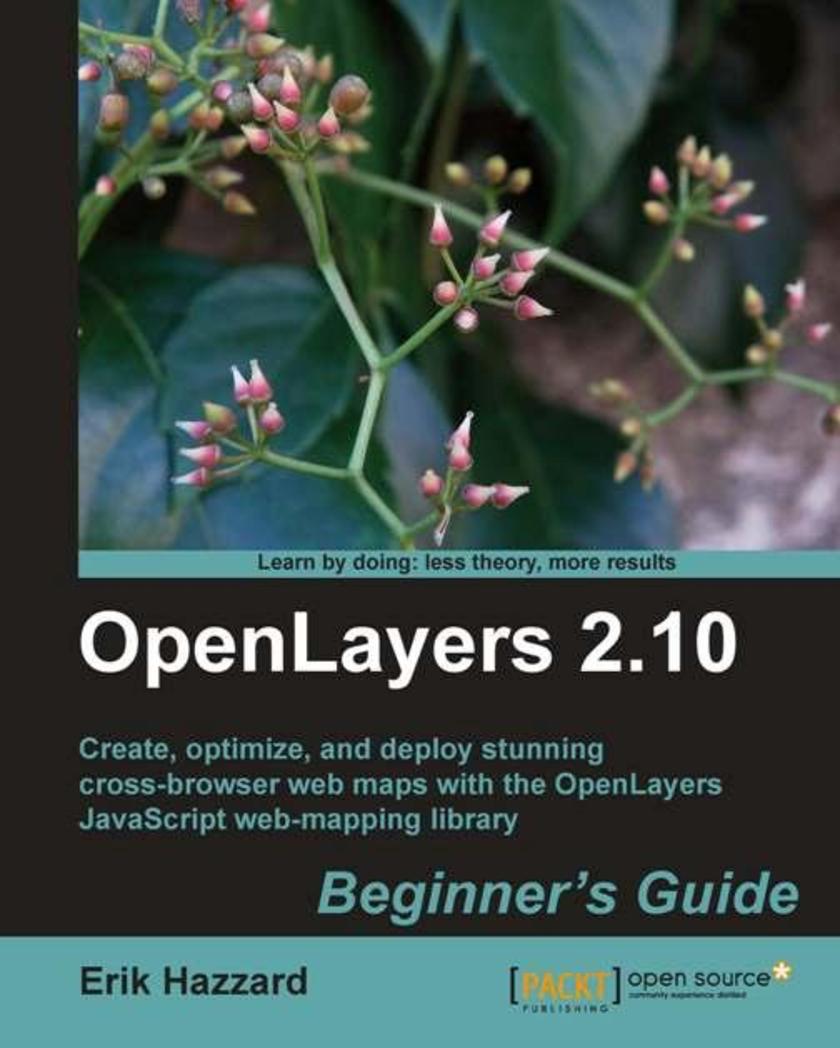
OpenLayers 2.10 Beginner's Guide
¥80.65
This is a beginner's guide with the essential screenshots and clearly explained code, which also serves as a reference. This book is for anyone who has any interest in using maps on their website, from hobbyists to professional web developers. OpenLayers provides a powerful, but easy-to-use, pure JavaScript and HTML (no third-party plug-ins involved) toolkit to quickly make cross-browser web maps. A basic understanding of JavaScript will be helpful, but there is no prior knowledge required to use this book. If you've never worked with maps before, this book will introduce you to some common mapping topics and gently guide you through the OpenLayers library. If you're an experienced application developer, this book will also serve as a reference to the core components of OpenLayers.
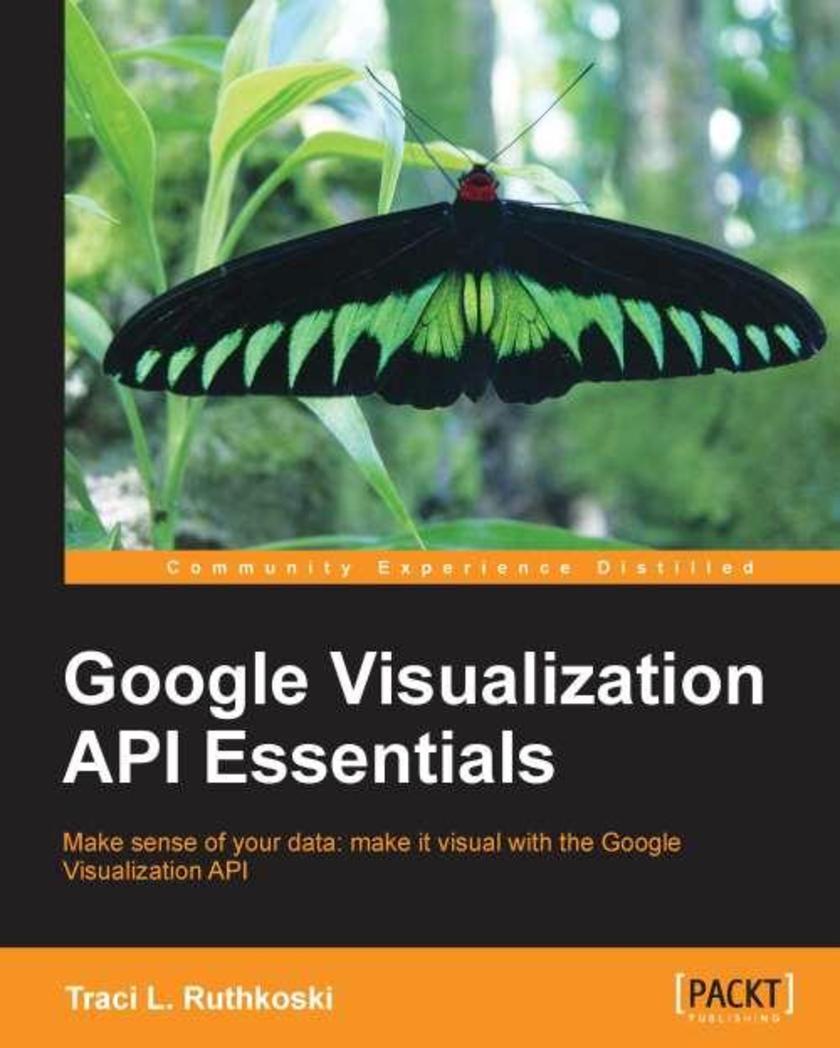
Google Visualization API Essentials
¥80.65
This book is a step-by-step tutorial full of diagrams, core concept explanations, best practice tips, and links to working book examples. This book will show you how create web-ready data visualizations using Google’s infrastructure. Some HTML knowledge is the only requirement, although some JavaScript knowledge is also helpful.
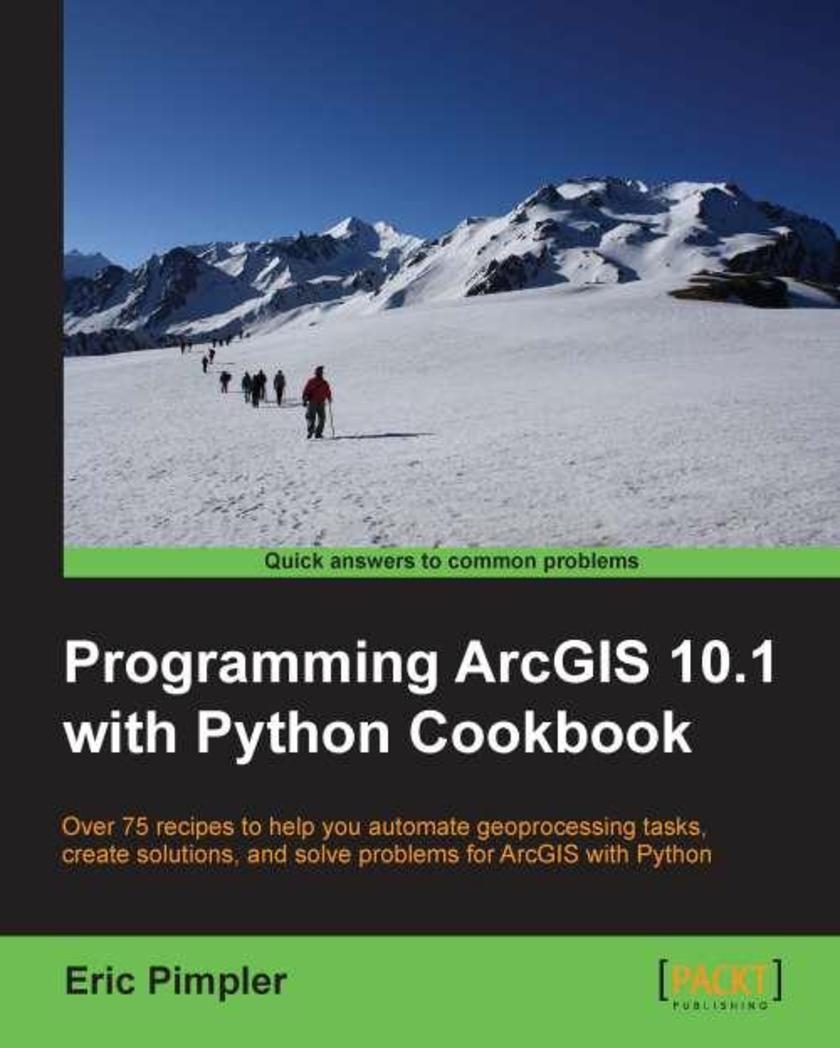
Programming,ArcGIS 10.1 with,Python Cookbook
¥80.65
This book is written in a helpful, practical style with numerous hands-on recipes and chapters to help you save time and effort by using Python to power ArcGIS to create shortcuts, *s, tools, and customizations."Programming ArcGIS 10.1 with Python Cookbook" is written for GIS professionals who wish to revolutionize their ArcGIS workflow with Python. Basic Python or programming knowledge is essential(?).
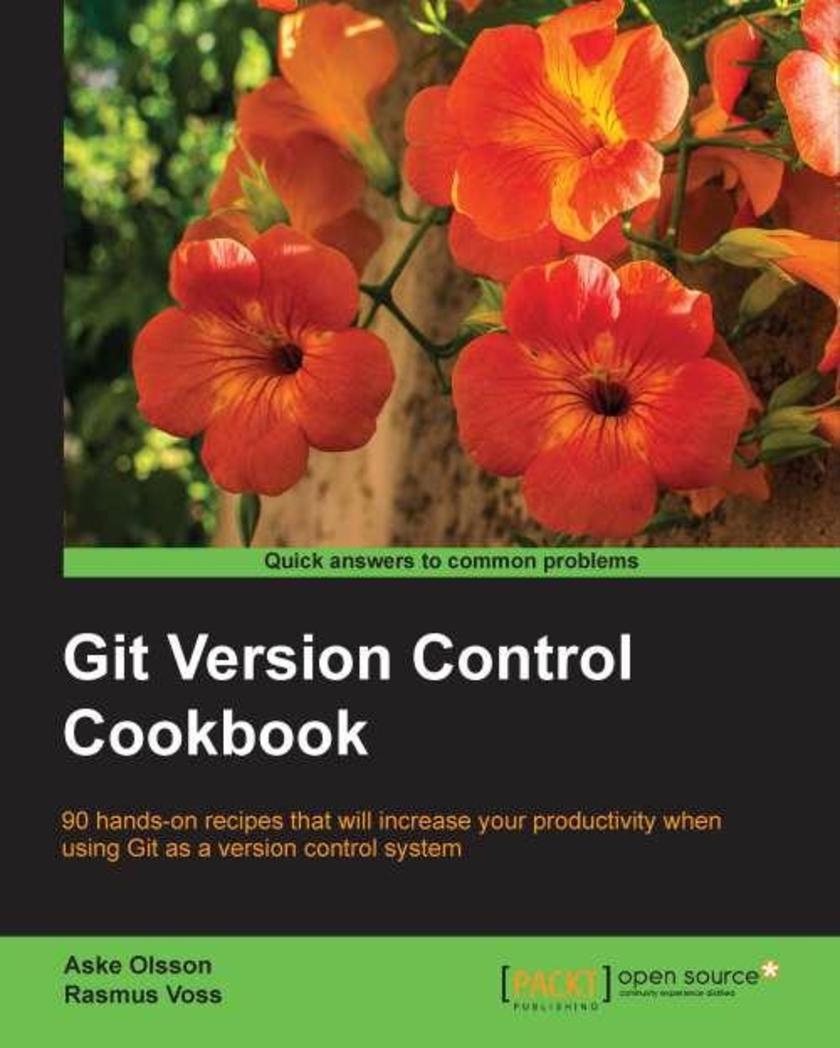
Git Version Control Cookbook
¥80.65
This practical guide contains a wide variety of recipes, taking you through all the topics you need to know about to fully utilize the most advanced features of the Git system. If you are a software developer or a build and release engineer who uses Git in your daily work and want to take your Git knowledge to the next level, then this book is for you. To understand and follow the recipes included in this book, basic knowledge of Git command-line code is mandatory.
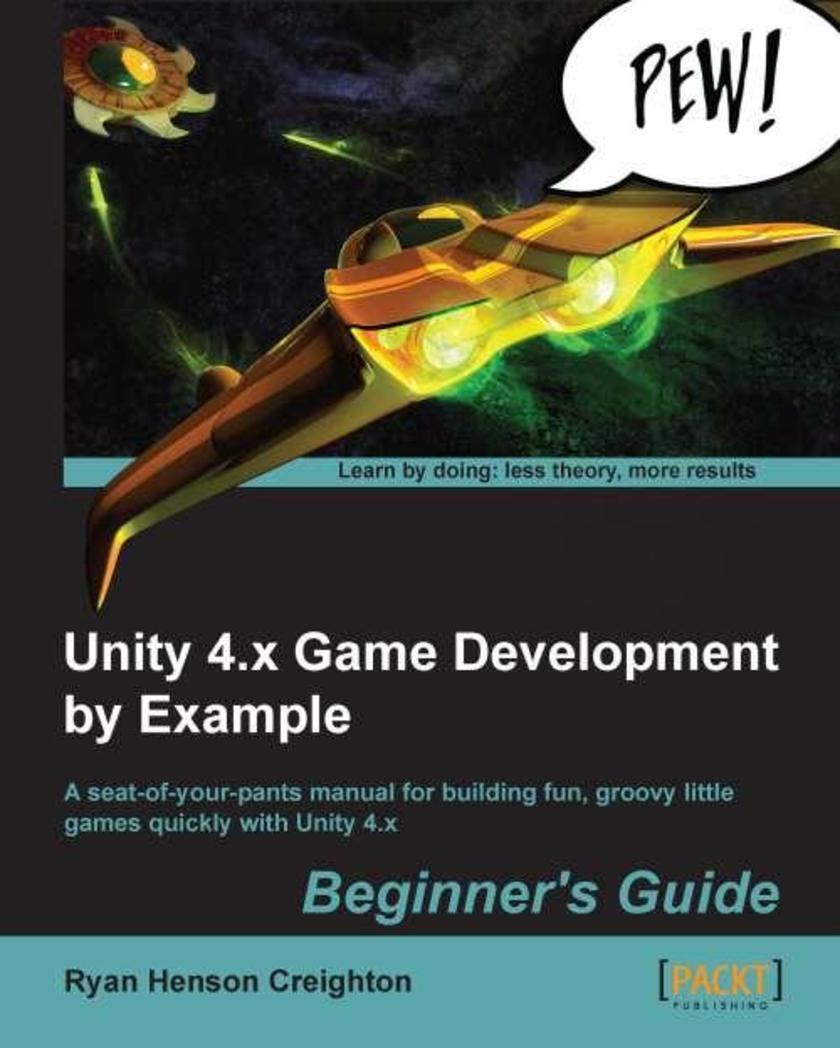
Unity 4.x Game Development by Example
¥80.65
This is a practical and light-hearted guide to get to grips with creating your first games, with easy-to-follow, step-by-step tutorials using the award winning Unity engine.If you’ve ever wanted to enter the world of independent game development but have no prior knowledge of programming or game development, then this is the book for you. Game developers transitioning from other tools like GameMaker and Flash will find this a useful tool to get them up to speed on the Unity engine, as will anyone who has never handled the Unity engine before.
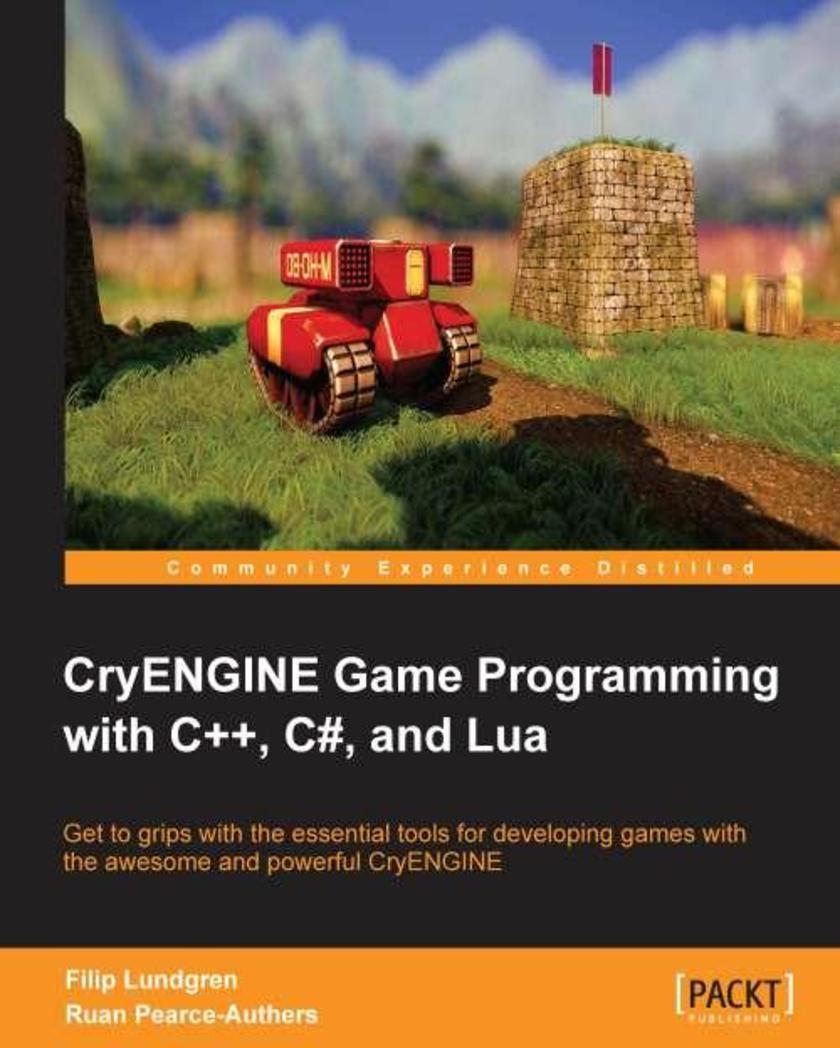
CryENGINE Game Programming with C++, C#, and Lua
¥80.65
This book provides you with step-by-step exercises covering the various systems of CryENGINE and comprehensively explains their workings in a way that can be easily understood by readers of any skill level to help you develop your very own CryENGINE games.This book is intended for developers looking to harness the power of CryENGINE, providing a good grounding in how to use the engine to its full potential. The book assumes basic knowledge of the engine and its editor in non-programming areas.
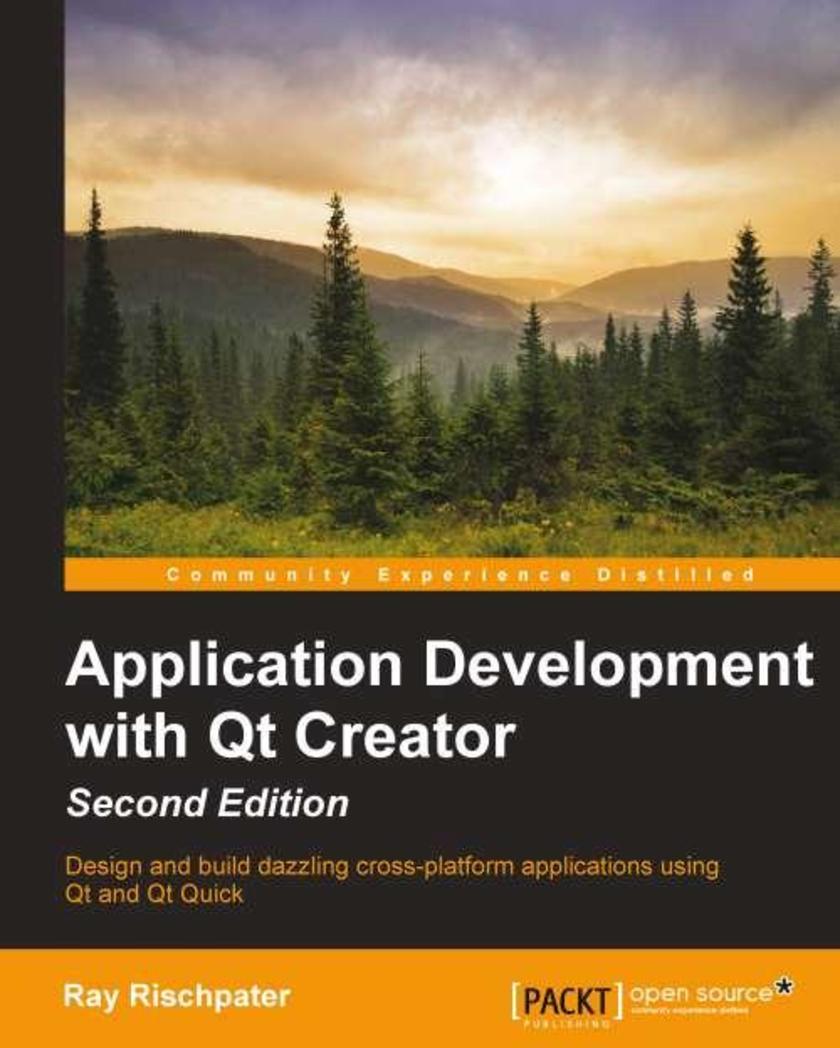
Application Development with Qt Creator - Second Edition
¥80.65
This book is great for developers who are new to Qt and Qt Creator and who are interested in harnessing the power of Qt for cross-platform development. If you have basic experience programming in C++, you have what it takes to create engaging cross-platform applications using Qt and Qt Creator!
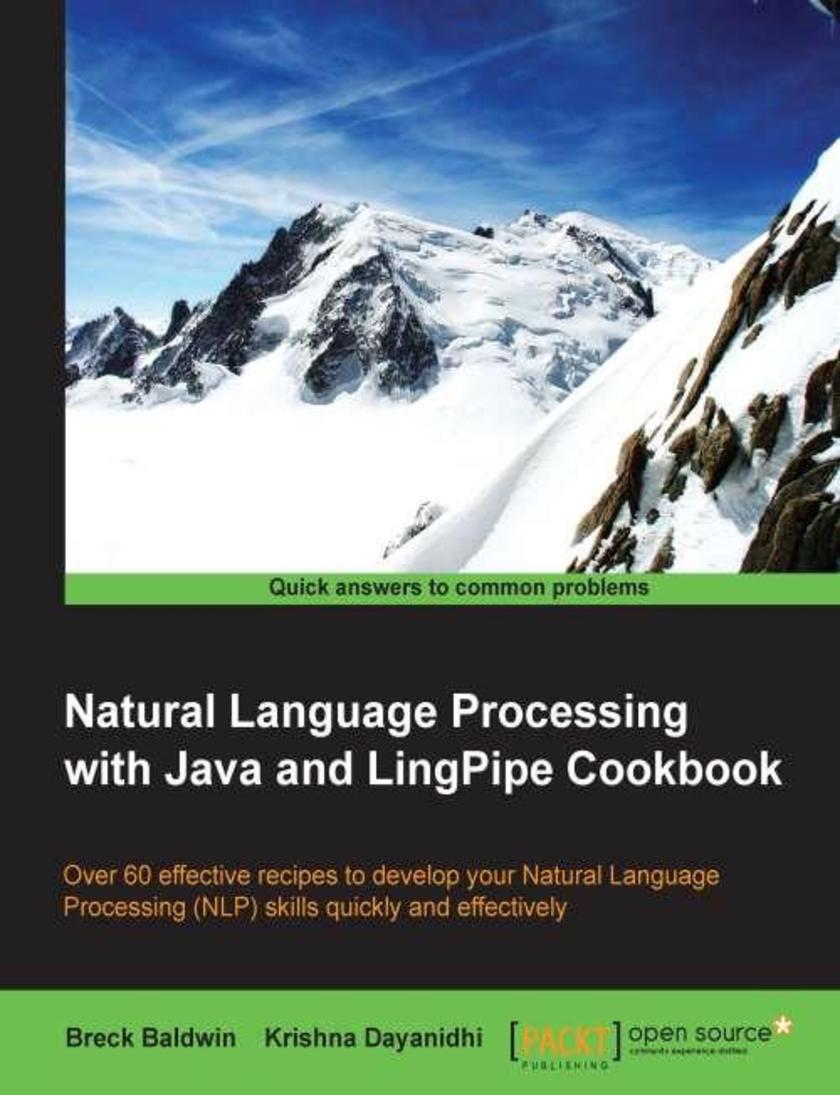
Natural Language Processing with Java and LingPipe Cookbook
¥80.65
This book is for experienced Java developers with NLP needs, whether academics, industrialists, or hobbyists. A basic knowledge of NLP terminology will be beneficial.
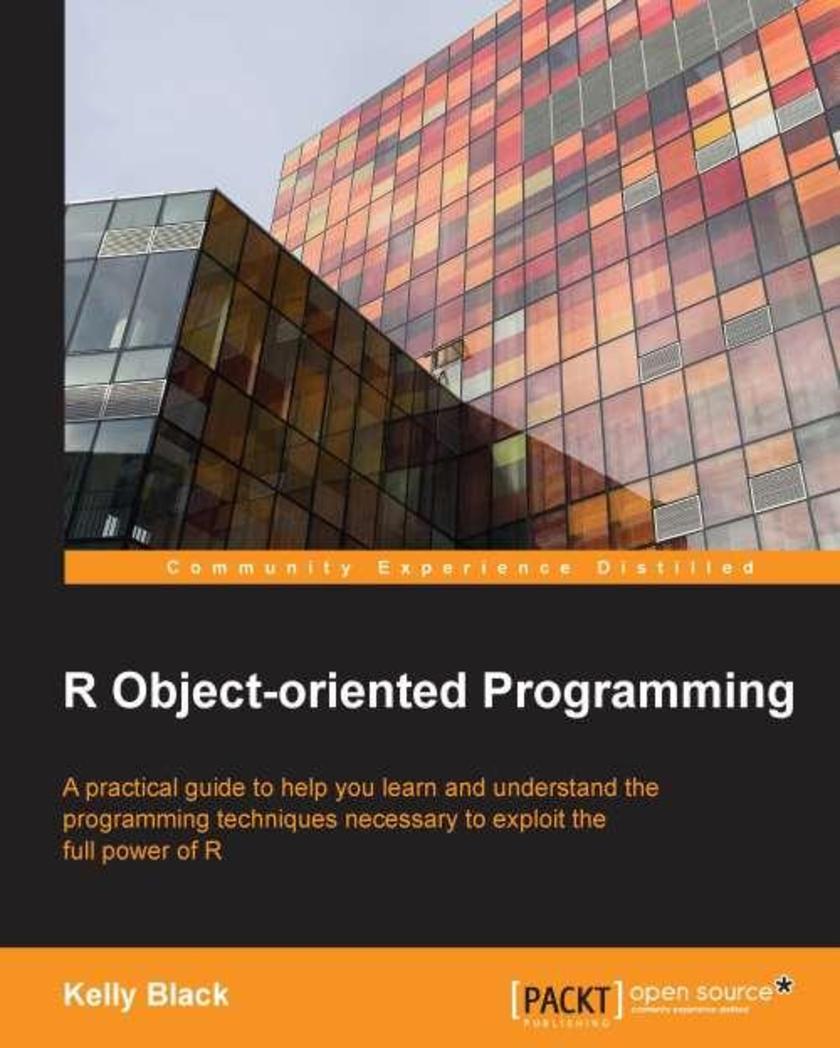
R Object Oriented Programming
¥80.65
This book is designed for people with some experience in basic programming practices. It is also assumed that they have some basic experience using R and are familiar using the command line in an R environment. Our primary goal is to raise a beginner to a more advanced level to make him/her more comfortable creating programs and extending R to solve common problems.
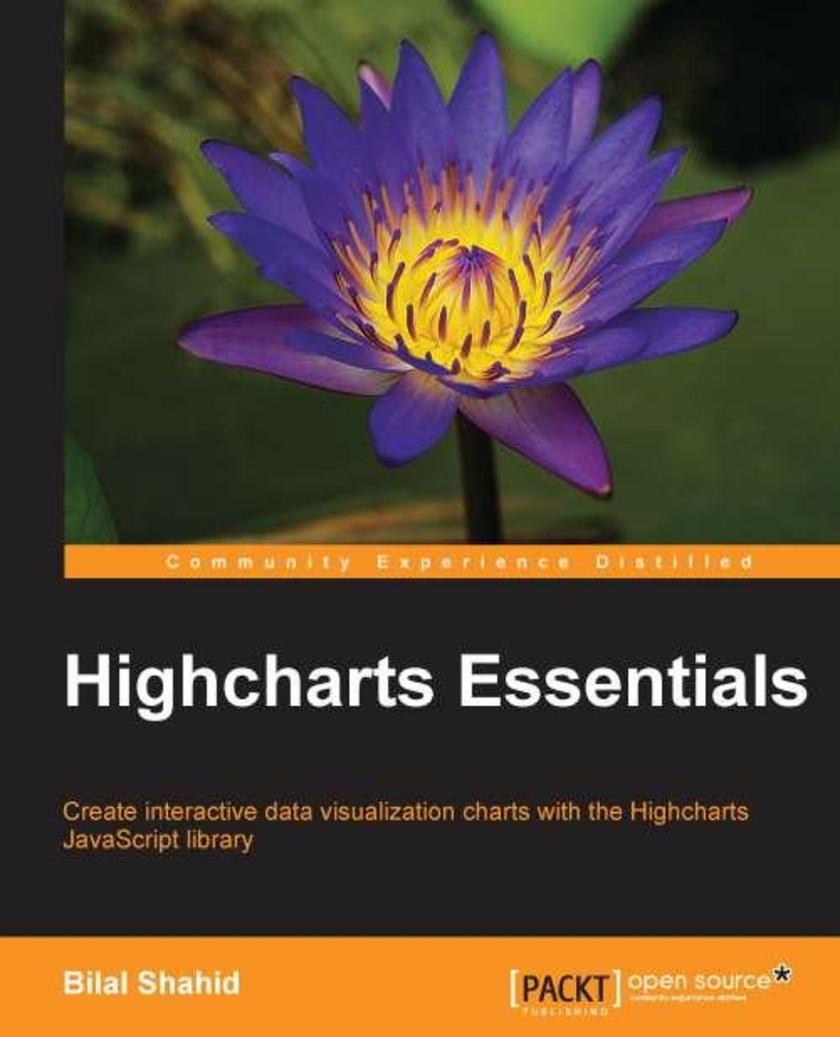
Highcharts Essentials
¥80.65
If you are a web developer with a basic knowledge of HTML, CSS, and JavaScript and want to quickly get started with this web charting technology, this is the book for you. This book will also serve as an essential guide to those who have probably used a similar library and are now looking at migrating to Highcharts.
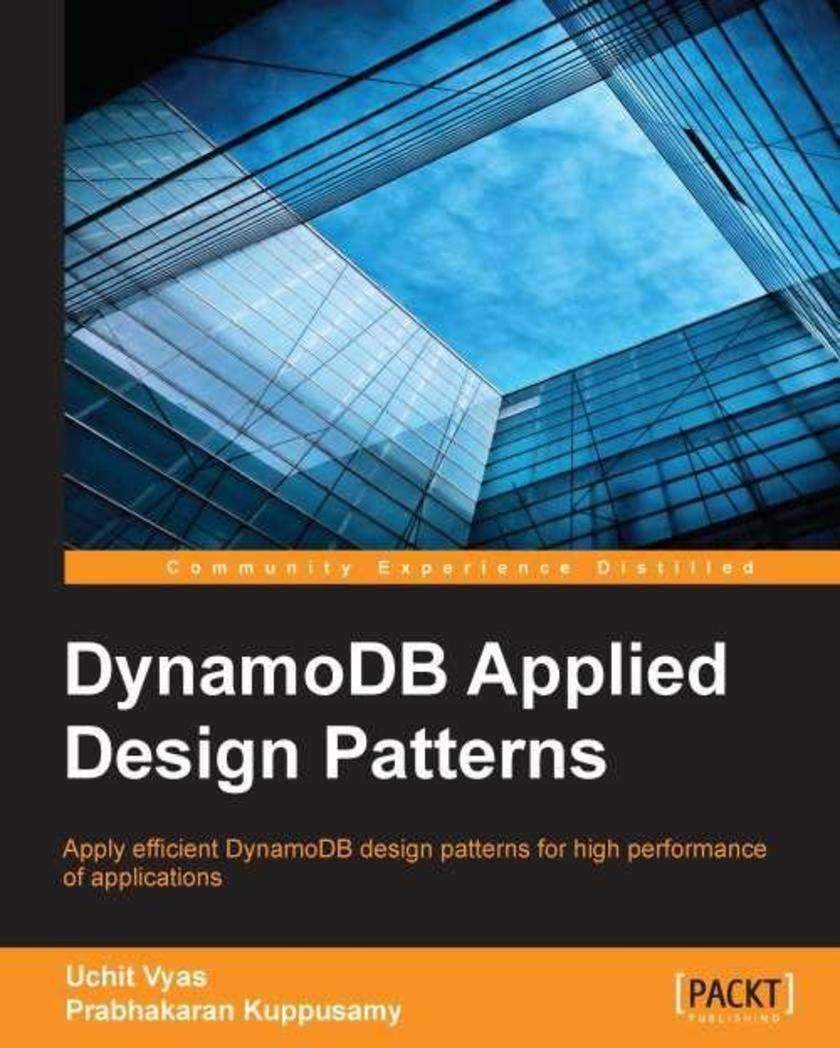
DynamoDB Applied Design Patterns
¥80.65
If you are an intermediate to advanced DynamoDB developer looking to learn the best practices associated with efficient data modeling, this book is for you.
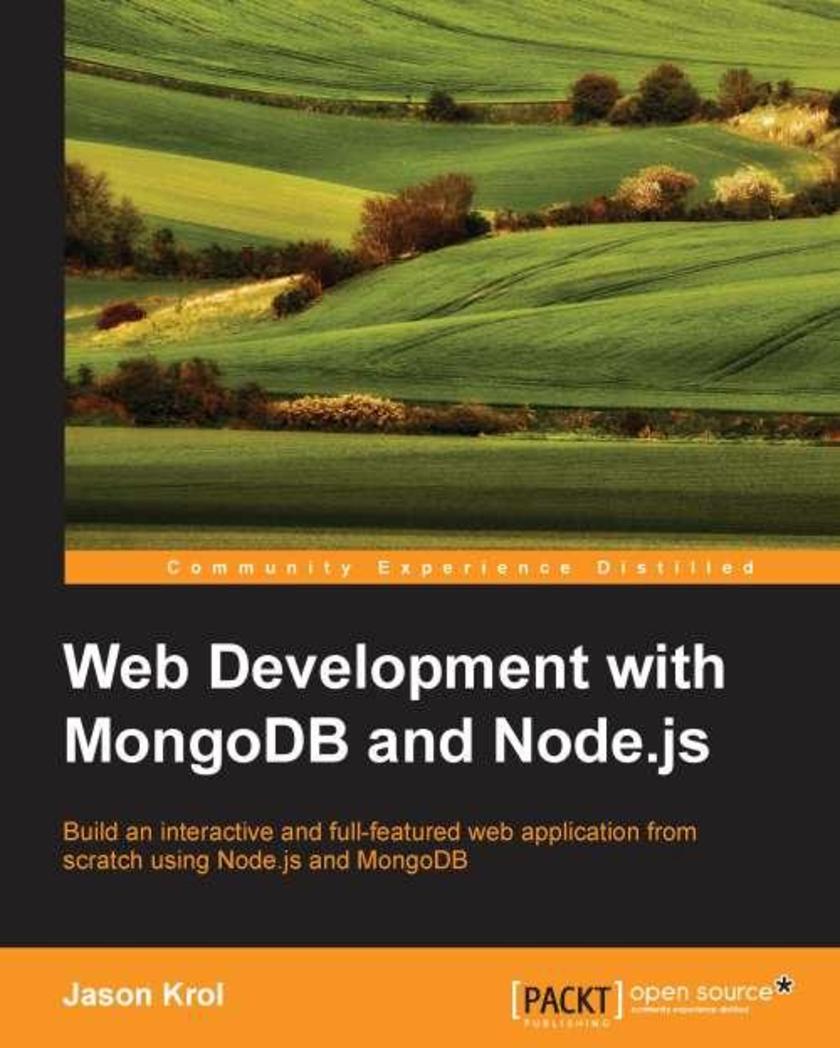
Web Development with MongoDB and NodeJS
¥80.65
This book is designed for developers of any skill level that want to get up and running using Node.js and MongoDB to build full featured web applications. A basic understanding of JavaScript and HTML is the only requirement for this book.
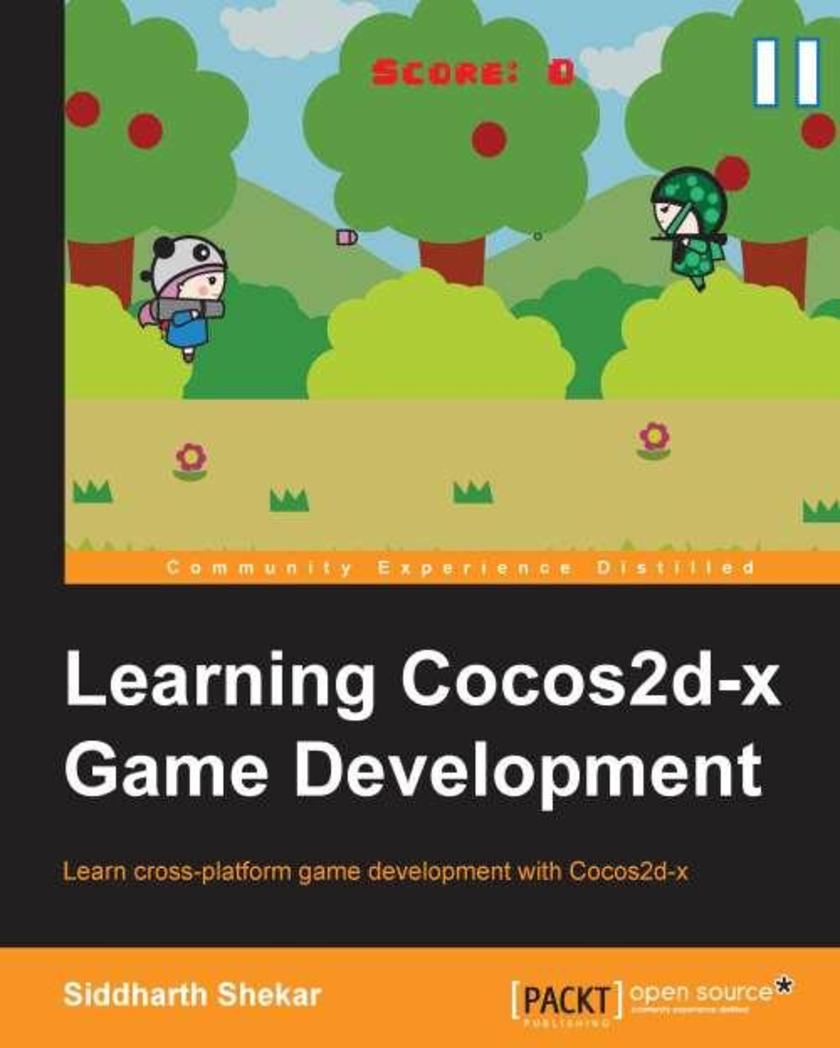
Learning Cocos2d-x Game Development
¥80.65
If you are a hobbyist, novice game developer, or programmer who wants to learn about developing games/apps using Cocos2d-x, this book is ideal for you.
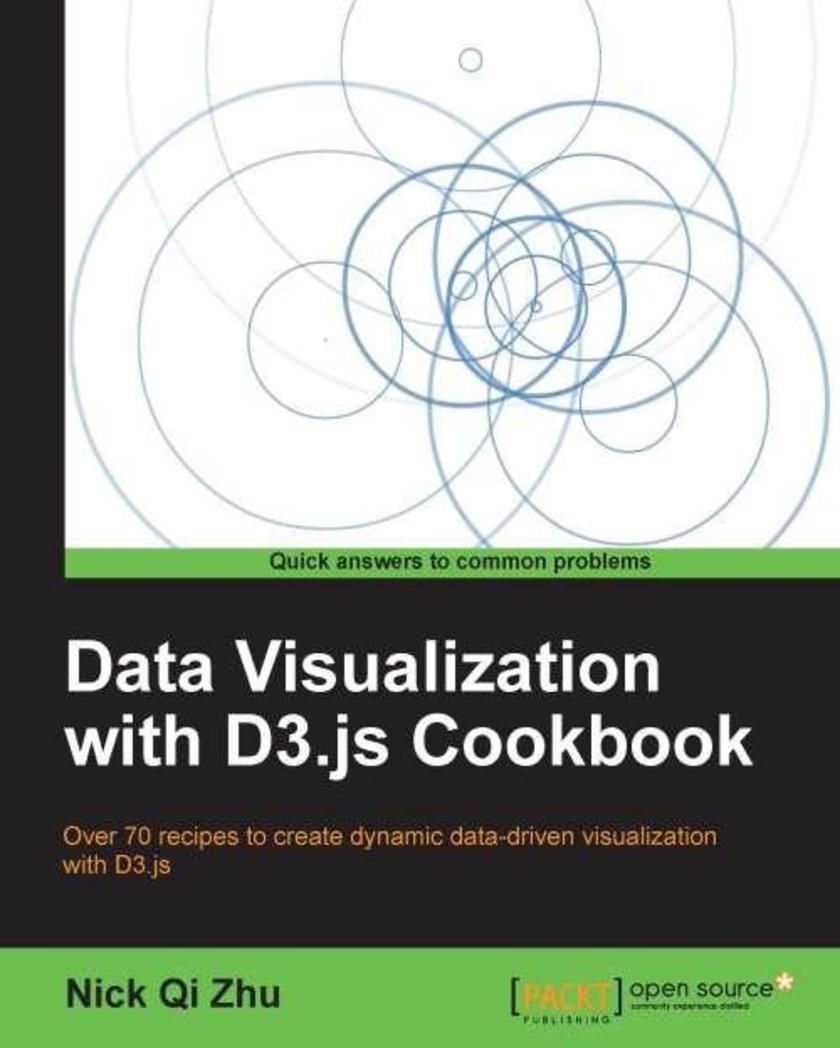
Data Visualization with D3.js Cookbook
¥80.65
Packed with practical recipes, this is a step-by-step guide to learning data visualization with D3 with the help of detailed illustrations and code samples.If you are a developer familiar with HTML, CSS, and JavaScript, and you wish to get the most out of D3, then this book is for you. This book can also serve as a desktop quick-reference guide for experienced data visualization developers.
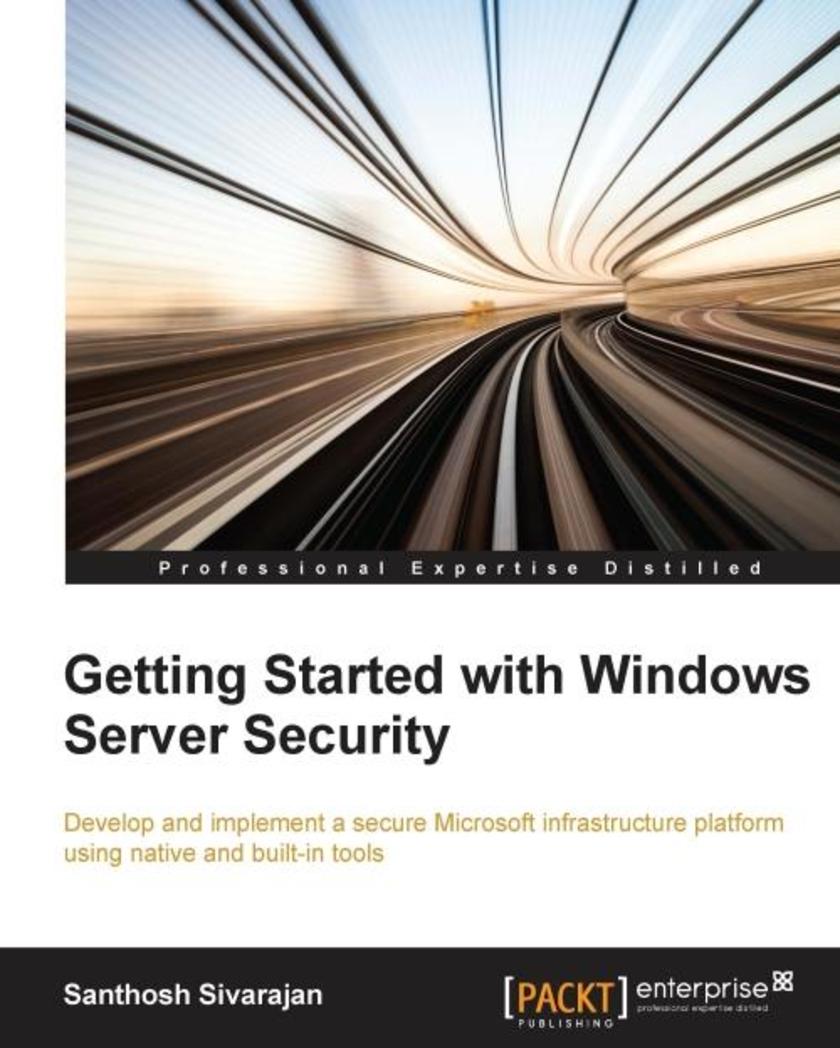
Getting Started with Windows Server Security
¥80.65
If you are a security or Windows Server administrator wanting to learn or advance your knowledge in Microsoft security and secure your Windows Server infrastructure effectively, this book is for you.
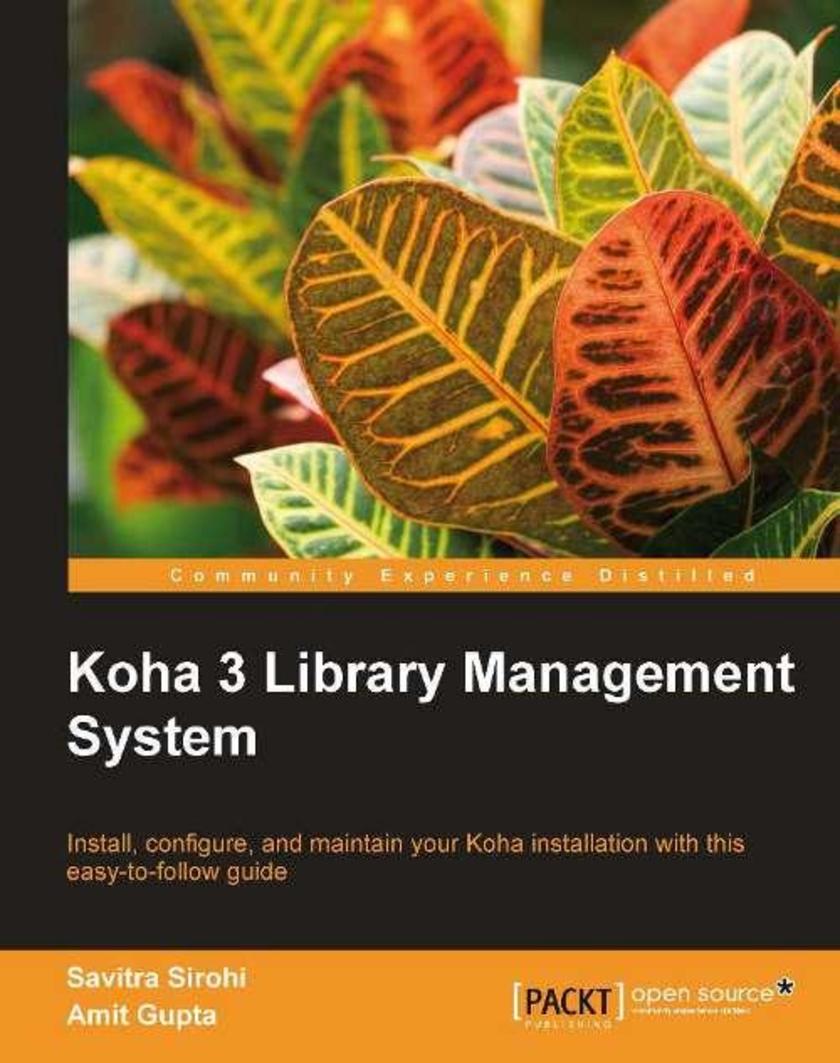
Koha 3 Library Management System
¥80.65
Written in a practical style, this book uses the Linux shell in many chapters, demonstrating the execution of commands and their output. With liberal use of screenshots and plenty of code samples accompanied by careful explanation, it will make the task of installing and configuring Koha easy and straightforward. All chapters are written in a way that makes them applicable to various Linux distributions. This book is aimed at Linux system administrators who need to install and maintain Koha. If you are a system administrator who wants to set up an open source integrated library system, then this book is for you. It will also be useful for system administrators who require help with specific aspects of implementing Koha.
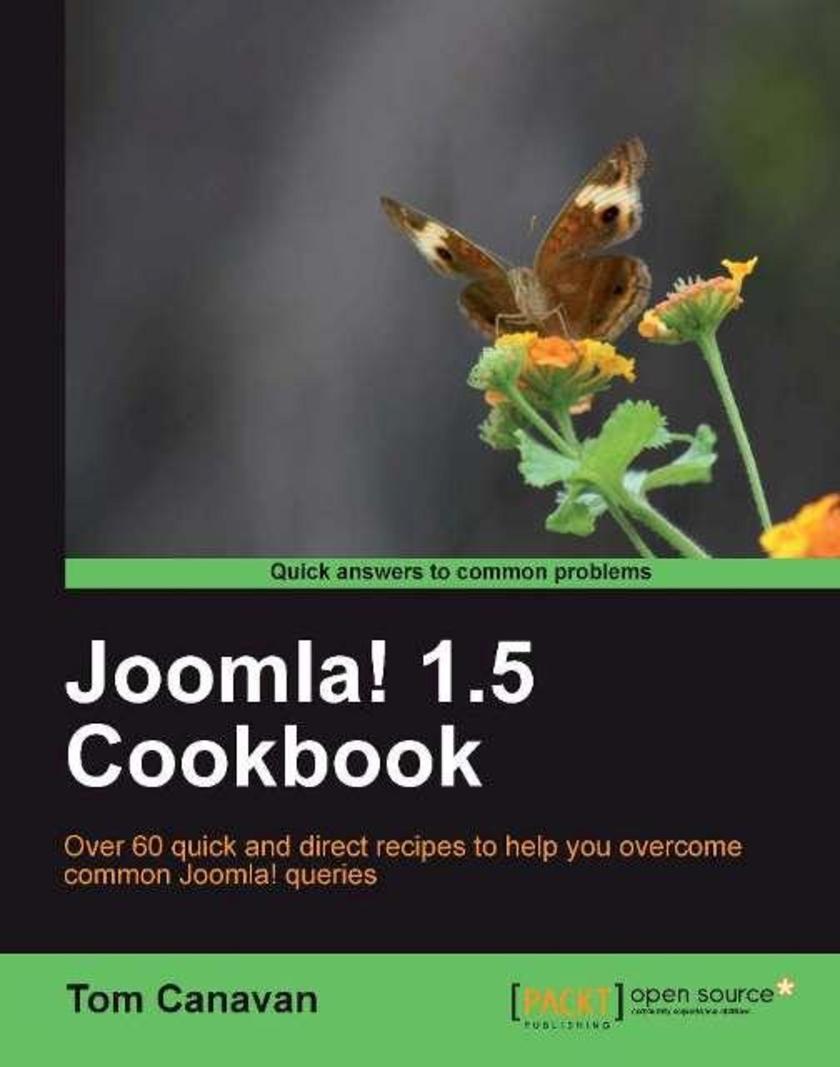
Joomla! 1.5 Cookbook
¥80.65
This is a fast paced cookbook, with practical recipes providing tips and tricks to the most common problems and scenarios faced by Joomla! site owners. It also covers brand new concepts and scenarios of Joomla! 1.6. If you are a Joomla! site owner and have some problems that you want to get rid of quickly; or you just want to get particular things working or improved, this is the book for you. HTML, CSS, or programming knowledge not required.
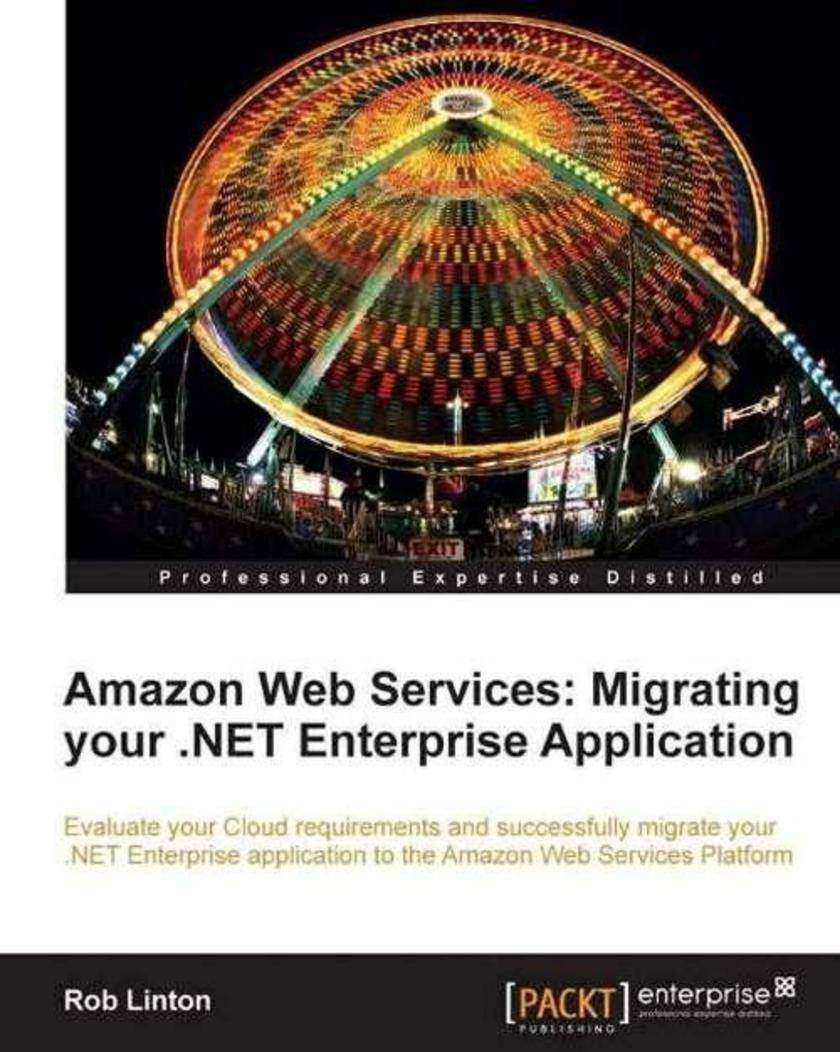
Amazon Web Services: Migrating your .NET Enterprise Application
¥80.65
This practical, step-by-step guide follows the process of moving a sample Enterprise .NET application to the Amazon Cloud. Companies that have designed, developed, and hosted applications based on the Microsoft .NET technology stack should not miss out on this book. If you are looking to expand into using the vast array of services available on the Amazon Cloud but are unsure how to proceed, then this will help to get you on your way. Administrators or developers managing such applications should have basic experience of the platform and the web servers that thay are intending to move to Amazon. No knowledge of AWS is required.
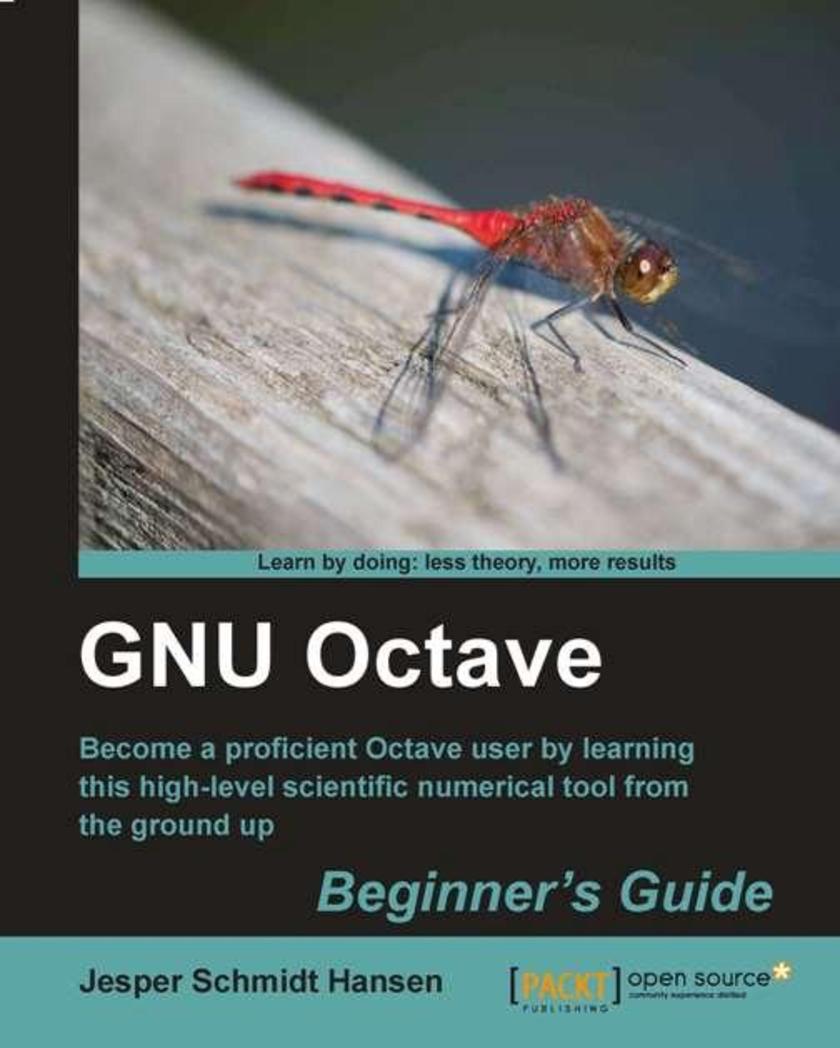
GNU Octave Beginners Guide
¥80.65
This is a practical, step-by-step guide that will help you to quickly become a proficient Octave user. The book is packed with clear examples, screenshots, and code to carry out your data analysis without any problems. This book is intended for anyone interested in scientific computing and data analysis. The reader should have a good level of mathematics and a basic understanding of programming will be useful, although it is not a prerequisite.




 购物车
购物车 个人中心
个人中心



